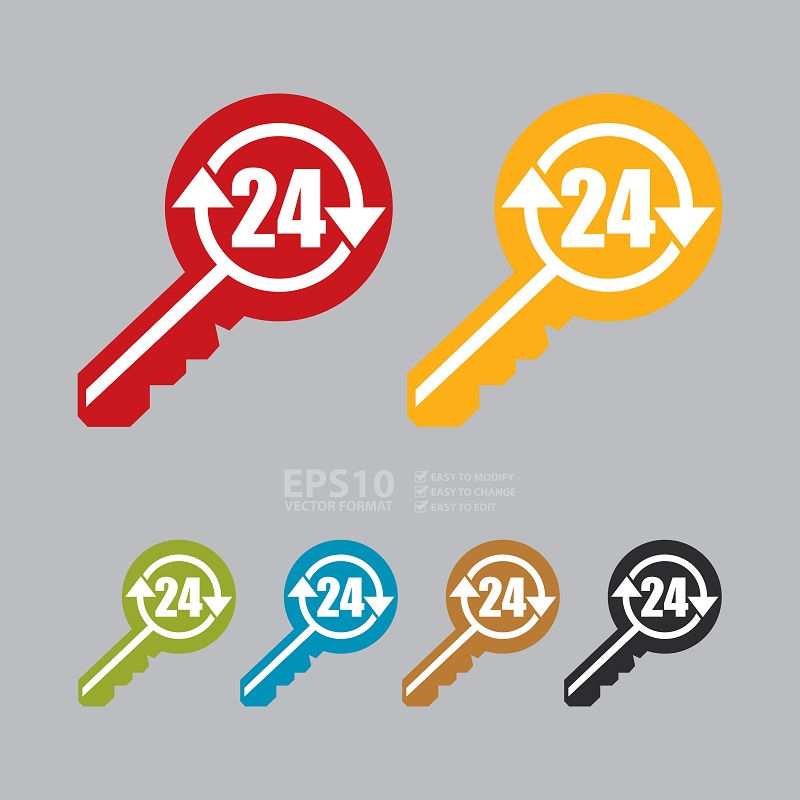Improving Business Efficiency with Fingerprint Time Attendance Systems
- niviwatson09
- May 30
- 4 min read
Introduction:
Ever wondered why time seems to slip away in the workspace despite having a sea of employees? Or noticed discrepancies in your business' inefficiencies, though unable to pinpoint the main cause? If these challenges resonate with you, then a Fingerprint Time Attendance System might just be your golden solution.
In an age where technological advances are revolutionizing the business landscape at remarkable speed, these systems stand out as quintessential tools to boost productivity and turn hours into profit. On that note, this blog post aims to demystify fingerprint time and attendance – what they are, how they offer a superior alternative to traditional time management methods, their advantages, disadvantages, and adoption tips for an effortless integration into your business.
In the hourglass of business efficiency, every grain counts. So, let's dive in and discover a solution that could possible change the tempo of your company’s productivity wave for the better.

Understanding Fingerprint Time Attendance Systems
Imagine a clock but instead of hours, minutes and seconds, it records employees’ fingerprints. Such is the essence of a Fingerprint Time Attendance System. Simply put, it's a digital innovation designed to track employees’ reporting and departure times, with unparalleled precision, using their unique fingerprint data.
In essence, the technology eliminates the need for time cards or password inputs, offering a more efficient, convenient, and secure solution to workforce time management. Such systems entail a registration phase to capture and store employees' fingerprint data which is then utilized for identification during clock-ins and clock-outs, providing real-time tracking and insightful analytics.
The speed, accuracy and security inherent in these systems offer a compelling edge against conventional attendance tracking methods, offering a foundation upon which businesses can optimize operational efficiency.
The Pros of Fingerprint Time Attendance Systems
The benefits of adopting Fingerprint Time Attendance Systems are manifold. Firstly, they help mitigate the age-old issue of time theft that continues to gnaw at business productivity. Because these systems require personal fingerprints for identification, it's practically impossible for employees to clock in for their tardy colleagues – a common practice known as "buddy punching."
Secondly, the adoption of this technology eliminates errors associated with manual data entry, thus ensuring greater accuracy in staff attendance tracking, overall workforce management, and payroll processing. Lastly, fingerprint time and attendance provide comprehensive reports on staff attendance trends, which could potentially unveil gaps and inefficiencies in human resource management, thus facilitating data-driven decision making.
The Cons of Fingerprint Time Attendance Systems
While the advantages of Fingerprint Time Attendance Systems are demonstrably compelling, as with any solution, they come with their set of challenges. One such challenge lies in the initial setup and transition process from traditional systems. Without proper staff training and support, implementation can be a time-consuming and frustrating endeavour.

Another possible drawback is the growing concern over privacy issues. As these systems store employees' fingerprint data, companies must ensure stringent data protection measures in line with local data privacy laws to prevent unauthorised access, misuse, or compromise of personal biometric data. Furthermore, there's also the risk of system malfunction due to hardware issues, which could disrupt operations while awaiting resolution.
Embracing the Change - Your Guide to Adoption
When considering to adopt a Fingerprint Time Attendance System, businesses need to weigh the pros and cons meticulously. Crucially, company leaders should involve employees in the decision-making process to ensure they understand the benefits of the system and their privacy rights.
Companies should also consider partnering with a reputable vendor that not only provides the technology but also offers on-site training and support. This can ease implementation, minimize operational disruption and ensure staff comfort with the new system. Furthermore, an effective contingency plan should be in place to handle any potential hardware or software issues that may disrupt system functionality.
The Future of Fingerprint Time Attendance Systems
Just as time never stands still, neither does technology. As we gaze into the business landscape's horizon, the continued growth and advancement of Fingerprint Time Attendance Systems appear quite promising. With emerging technological trends like AI and cloud computing, it's quite plausible that these systems will offer even more features for enhanced productivity and business efficiency.
Conclusion:
To navigate the time-laced maze of business radically, firms need tools that grant them control, efficiency, and accuracy. fingerprint time and attendance are such tools. They represent an evolution in business operation - a transition from traditional, error-prone methods to swift, precise, and data-driven approaches.
Despite some challenges, their adoption can potentially correct the tilt in your business inefficiency scale. However, successful integration demands careful planning and thoughtful consideration of factors like data privacy, staff training, and contingency planning. Still, the endgame paints a picture of a more efficient, productive, and successful business landscape, and that in itself is worth a consideration.
Now pull the anchor of traditional time tracking methods and sail forth into the promising sea of Fingerprint Time Attendance Systems, because in business, time doubly serves as a resource and commodity, and none should slip away.




Comments